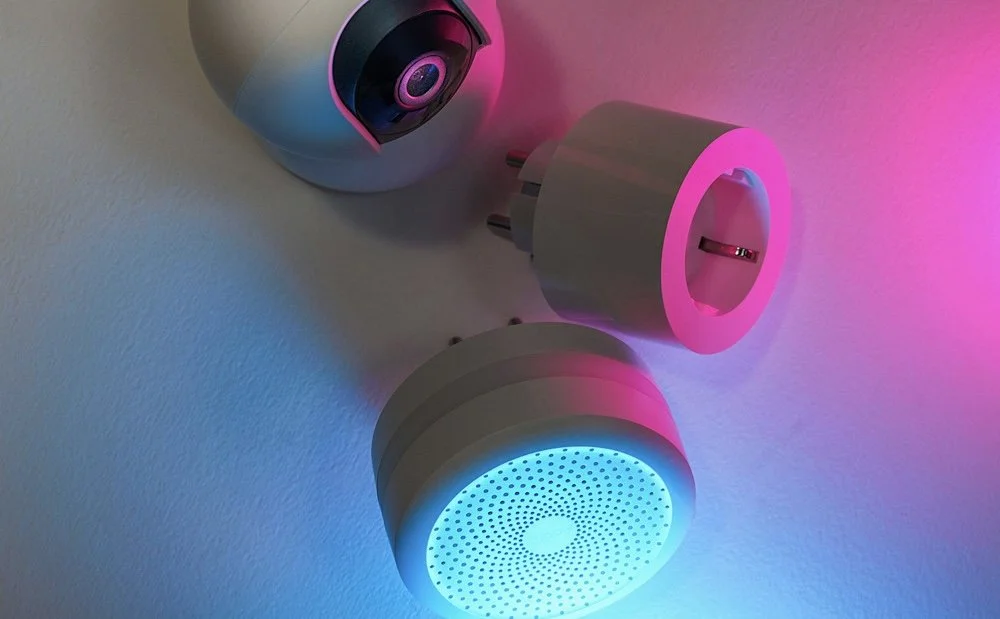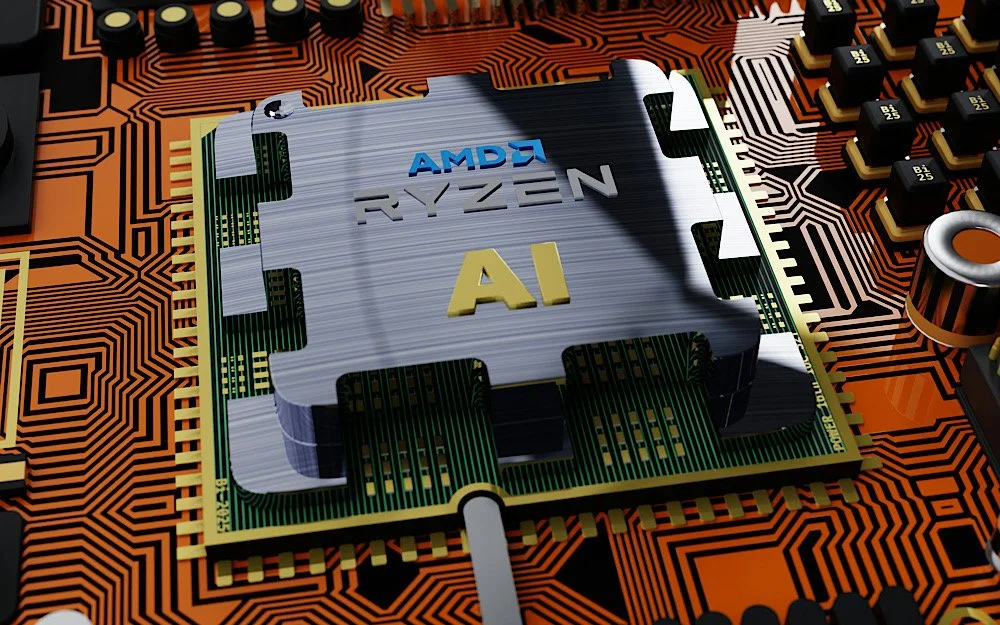Hot topics Regarding IOT in 2024
Justin Lee
In 2014, the Internet of Things (IoT) gained significant attention as an emerging technology with the potential to transform industries and daily life. Key hot topics included the vast expansion of connected devices, with estimates predicting billions of new smart gadgets coming online, thereby increasing the need for robust data management and security protocols. The integration of artificial intelligence and the Internet of Things brought about by the rapid development of AI and other technologies; Discussions centered on interoperability challenges between devices and platforms, as diverse manufacturers began to compete for market share. Additionally, the emergence of smart cities highlighted the potential for IoT in urban planning, traffic management, and public safety. Privacy concerns also became a focal point, as consumers grew wary of the data being collected by their connected devices, prompting calls for more transparent policies and regulations.
Rapid rise of connected devices
The IoT industry experienced significant and notable growth in the year 2024, largely fueled by the rapid rise of connected devices permeating both daily life and various industrial sectors. Billions of innovative devices utilizing advanced communication technologies contributed to the enhancement of smart home solutions, wearable technology, and comprehensive automation systems. This remarkable growth not only improved consumer experiences but also enabled extensive real-time data collection and thorough analysis, resulting in better operational efficiency and more informed decision-making processes. However, the increasing adoption of these interconnected devices raised important cybersecurity and data privacy concerns, which in turn led to essential advancements in protective measures and the development of more rigorous regulations to safeguard users.
The integration of artificial intelligence and the Internet of Things
By cleverly integrating AI algorithms into Internet of Things devices, these devices are like having their own brains, which can directly process and analyze data without the need to transmit data, which greatly reduces the transmission delay and makes the response speed faster! For example, those intelligent security cameras can now analyze surveillance videos in real time, just like detectives, quickly identify any abnormal situation and make security guarding easier.
Moreover, the massive amount of data collected by Internet of Things devices will be transmitted to the cloud platform. There, deep learning and big data analysis, two super powerful "brains", will carefully process and analyze them, just like a super smart magician, turning these data into valuable information and knowledge to achieve more intelligent management!
Especially in the field of intelligent manufacturing, cloud AI is like a super commander, which can optimize the production process and make the whole production process smoother and more efficient. It can also predict the maintenance needs of the equipment, just like a thoughtful little assistant, telling us in advance that the equipment may need maintenance or repair, so as to avoid affecting the production progress due to equipment failure!
Discussions centered on interoperability challenges
Discussions in 2024 regarding interoperability challenges within the IoT industry highlight the ongoing struggle to create seamless integration among diverse devices and platforms. As the number of connected devices continues to grow, stakeholders face significant obstacles related to varying communication protocols, data formats, and security standards. These challenges hinder effective data exchange and collaboration between IoT systems, leading to inefficiencies and increased operational costs. Industry leaders emphasize the importance of developing standardized frameworks and protocols that can accommodate the varied ecosystems while ensuring data privacy and security. Collaborative efforts among manufacturers, software developers, and regulatory bodies are critical to overcoming these interoperability issues and unlocking the full potential of IoT solutions.
the emergence of smart cities highlighted the potential for IoT in urban planning
The emergence of smart cities in 2024 highlights the transformative potential of the Internet of Things (IoT) in urban planning. As municipalities increasingly integrate IoT technologies, they create interconnected systems that enhance urban living by improving efficiency, sustainability, and public services. Smart sensors and devices, embedded in infrastructure, allow for real-time data collection on traffic patterns, energy usage, and resource management, enabling city planners to make informed decisions that respond to the dynamic needs of residents. This integration not only promotes environmental stewardship through optimized resource consumption but also fosters economic growth by attracting tech-savvy businesses and enhancing the overall quality of life for citizens. As cities continue to evolve, the role of IoT in shaping resilient, responsive urban environments becomes increasingly critical.
consumers growing wary of the data
In 2024, consumers are increasingly wary of the vast amounts of data being collected by their connected devices, raising significant concerns about privacy and security. As smart technology becomes more integrated into daily life, individuals are demanding greater transparency regarding how their information is utilized and shared. This growing unease has prompted calls for more stringent policies and regulations governing data collection practices in the Internet of Things (IoT) sector. Consumers seek assurances that their personal data will be safeguarded and used ethically, pushing policymakers to establish clearer guidelines that prioritize user consent and accountability in data management.
Justin's Shared Docs is a platform presenting Justin Duman Lee's public files, primarily focused on professional topics such as strategy, management, and marketing within the sectors of industrial estates, IoT, and life sciences. In addition to work-related documents, the collection includes personal narratives, offering insights into both his professional expertise and personal experiences.



